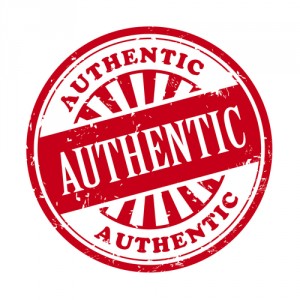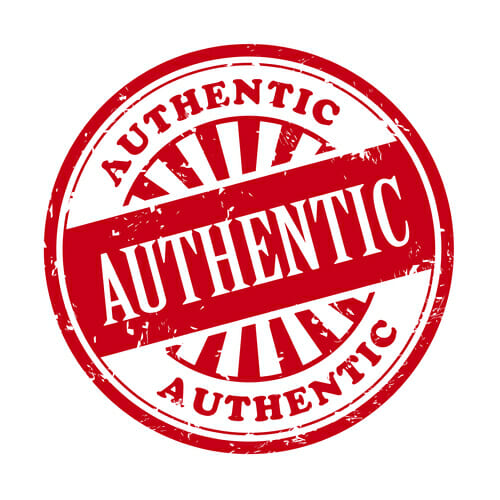There’s been plenty of discussion around gender and leadership. It’s far from a new subject and most recently we talked about Hillary Clinton and what affect her presidential campaign was having on reshaping traditional views of leadership.
We also love talking about authenticity in leadership. It’s at the centre of all we do at Athena Coaching, so this is not a new discussion either.
What is new however, is a recent analysis of the media’s portrayal of two high profile bank CEO’s, one male, Mike Smith of ANZ and the other female, Gail Kelly from Westpac (now ex-CEO). Undertaken by Helena Liu, Leanne Cutcher and David Grantin, “Doing Authenticity: The Gendered Construction of Authentic Leadership during the Global Financial Crisis”, identified that gender norms and authenticity had a stronger relationship than they expected.
“This study looks at how much power the role of the media plays, if we hold women up to this standard – where we want them to be powerful and caring – then we are setting them up to face mission impossible”, said Helen Liu, a lecturer in organisation studies at Swinburne Business School.
Kelly and Smith took very different approaches to the GFC, quite in keeping with gender stereotypes as well as the way their appointments were portrayed. Kelly was shown pictured with her family, made reference to her clothing and personal style, and was usually sitting or in the presence of others. Smith’s British ancestry, interest in Aston Martin sports cars and brush with danger in an ambush attempt had him profiled as a James Bond type character, and standing straight on at the camera when photographed.
Kelly’s approach to the GFC was reported as proceeding with caution and acknowledgment of uncertain times that required a gentle touch. Smith was seen as a strong character who was ready to rescue the country from a disaster.
When Kelly chose to raise interest rates ahead of the other banks, a decisive and strong response, and seemingly incongruent with her gender based leadership style, the media responded negatively, depicting her as ‘vain and greedy’ and therefore inauthentic to her leadership style. Her gender used against her. Smith on the other hand was applauded for aggressive decision making, as per the male stereotypical view of leaders.
What the study, and in particular the comparison of the 2 leaders in a time of ‘conflict’ showed, was that if you are female and buck the traditional gender roles in leadership, you are therefore seen as inauthentic and aggressive. Of course the media had a large role to play in reputation and perception of both of the leaders compared, and should possibly be more balanced and critical of actual leadership and achievements instead of gender stereotyping.
Should a complete leader embody both male and female traits and stereotypes, taking gender out of the equation altogether? Your views may be influenced by the industry and the particular leadership role you are undertaking.
Gender expectations along with glass ceilings are meant to be challenged, perhaps even shattered. Contact us if you want help to break through.



